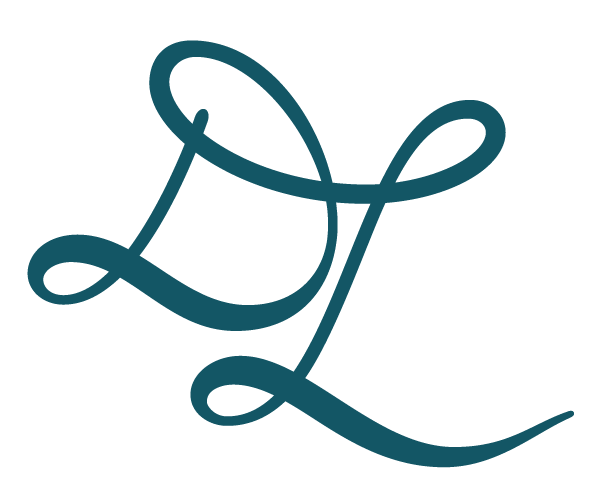Interactive Map of Chicago Performance Spaces
Along with three other graduate students in Loyola University’s Digital Humanities and Public History masters programs, I built an interactive map highlighting Chicago locations that consider themselves LGBTQ+ entertainment spaces, or spaces that put on LGBTQ+ programming regularly.
Our interactive map aims to capture the history and culture of queer performance spaces in Chicago. LGBTQ+ history is often excluded from the popular historical narrative, yet it remains an integral part of the context and community of many Chicago neighborhoods.
We wanted to convey the history and significance of these spaces to the LGBTQ+ community and Chicago as a whole.
This project was created to be a starting-off point as a resource for Chicago’s queer community to find community in performance. This a living, breathing resource. With the community’s help, we can add to, subtract from, and improve the existing map.
As a member of the performance community in Chicago, I saw the need from fellow artists for more transparency, organization, and knowledge surrounding the queer and LGBTQ+ performance spaces in Chicago.
Google My Maps
We selected Google My Maps as our primary tool because The Google Suite is a familiar resource to the modern internet user.
While someone may not be familiar with Google My Maps specifically, usage of a map interface such as Google Maps is fairly ubiquitous, and so learning to layer, add information, use pin markers, etc. in Google My Maps can be seamless and easy to grasp. It is also easy to add a custom map to your mobile device, which makes this a resource easy to travel with!
Our design decisions were based in user-friendliness; we wanted this Google Map to be both a quick reference for different queer performance spaces in Chicago, as well as a deeper dive into the spaces’ current offerings, history, and additional information, all in one comprehensive location.
The data we compiled for this project includes the contextual information for each space: the address, descriptions, delineations, photos, and URLs. We auto-compiled metadata (from Google Maps), but because a user can extract this information from Google Maps, a user could pull address information and map coordinates.
Accessibility and the community
It was important to us, after we decided on our main interface, that this map become a shared resource, of shared authority. We decided on not just having this map be a part of our project (where the public could submit user feedback with ideas, suggestions, critiques, etc.), but within a static website, so that we could include a moderated discussion board amongst users, as well.



